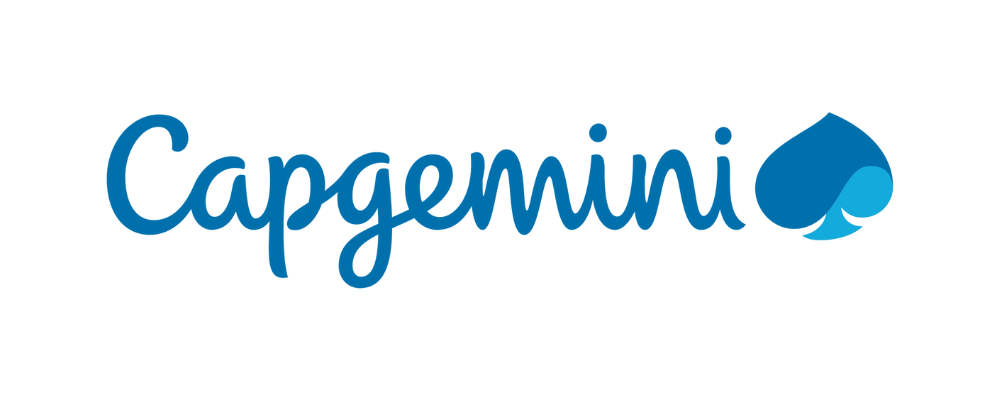Packaging is the window to the product. It shapes buying decisions and provides vital information. It protects the product, ensuring happy customers, and minimising returns and waste. Perhaps most importantly in the current age, the choice of packaging shows a company’s commitment to sustainability.
In recent years, sustainability has moved from a premium offering for conscientious customers to an essential element of all packaging. Consumers will increasingly pay more for products with sustainable packaging, regulations on packaging sustainability are likely to become stricter, and of course, it is the right thing to do for the environment. Promisingly, most companies seem to agree, with industry giants such as Unilever and P&G making bold commitments to sustainable packaging in recent years.
The opportunities and challenges of sustainable packaging
Sustainable packaging means reducing the environmental impact of the packaging. This can come from new materials which are recycled, recyclable, or biodegradable. Last year’s Packaging Sustainability Awards saw gongs go to cardboard made from leftover barley straw, mono-material plastics which improve recyclability, and water-based inks.
It can also come from redesigning packaging to reduce materials – Pilgrim’s Choice Cheddar made a big deal of its 40% reduction in packaging by wrapping its cheese snuggly, rather than in a loose bag.
And the latest trend is to design packaging to be continuously reusable and refillable, eliminating (most) waste altogether.
Although sustainable packaging is a long-run trend, there is still plenty of room for improvement, with many goods still using unsustainable packaging, and even the leaders having room to improve through new packaging innovations.
But nothing is ever simple. Packaging already constitutes around 9% of the product’s total cost. Reducing packaging can save money, but replacing it with sustainable alternatives will likely add costs, at least in the short term.
Sustainable packaging may also come with design trade-offs. New materials, fewer layers, and sustainable inks may not offer the same opportunities for bold colours and 3D shapes as plastics and synthetic dyes.
But problems can be opportunities. Sustainable packaging presents an opportunity to differentiate and win new customers, in a world where company ethics matter more than brand loyalty. And new material innovations create new aesthetics, that may come to be seen as more modern than today’s in-your-face brands.
Nonetheless, business is business, and the cost is still a big customer concern. So all of this needs to be done whilst keeping cost to a minimum. How do we do that?
Embedding sustainability into packaging design and engineering
CPG companies need to embed sustainability in their packaging development process, whilst also ensuring it can be delivered at scale and cost-effectively. That means adopting a number of processes and skills.
It needs design and simulation to model new sustainable packaging designs, which balance sustainability with other factors such as visual appeal, transportation, protective value, manufacturing costs, and so on. When moving to whole new types of packaging, this is an essential first step to derisk decisions.
Then it needs expertise in material selection, synthesis and formulation to choose or create the optimal packaging and ink materials for your product’s needs. And in designing the optimal manufacturing processes to produce it at scale.
All of this can be optimised through computer-aided engineering, simulation, and analysis. Such digital tools help speed innovation, but cannot provide all the answers, so physical testing is also critical throughout the development process to test products, validate designs and feedback into simulations.
All materials have some environmental footprint, so the packaging must also minimise lifetime impact. That means modelling what its production and use look like in the real world, understanding the resources required to produce it at scale, the manufacturing processes, and the transport implications. Sometimes a piece of packaging that looks sustainable in the lab suddenly looks less sustainable when you see how many can fit in a truck, or where critical raw materials come from. Understanding these real-world impacts allows you to tweak designs to ensure the right balance of both lifetime sustainability and cost.
Finally, a relatively new area of sustainable packaging is reuse. Not all packaging will take this route, but it is increasingly popular to design packaging that is intended to be refilled, either by the product’s manufacturer or by the user at dedicated refill stations. Companies pursuing this approach need to set up processes for managing their recirculating packagings, such as trackable containers, asset management systems, and analytics.
Conclusion
Sustainable packaging is not a one-off project. Things change. Today’s cutting-edge sustainability may look dated in five years. Sustainability must become deeply embedded within ongoing innovation. That means embracing all of the above as part of a continuous and agile development process. It is vital to take this end-to-end approach to enable ongoing sustainable packaging innovation whilst keeping costs manageable.
How Capgemini can help
Our end-to-end packaging approach creates a seamless experience for clients. Our team combines packaging design, sustainable materials development, optimization of primary, secondary and tertiary packaging levels and different packaging types (eg. steel, plastic, cardboard, wood, foam), and technological and engineering expertise. We consider all elements of packaging to ensure packaging is optimized for sustainability, whilst also protecting the product during shipping and handling, and enhancing its appeal and value.
“Capgemini partners with companies to transform and manage their business by unlocking the value of technology.
As a leading strategic partner to companies around the world, we have leveraged technology to enable business transformation for more than 50 years. We address the entire breadth of business needs, from strategy and design to managing operations. To do this, we draw on deep industry expertise and a command of the fast-evolving fields of cloud, data artificial intelligence, connectivity, software, digital engineering, and platforms.”
Please visit the firm link to site



 By: Maryem Sahnoun
By: Maryem Sahnoun